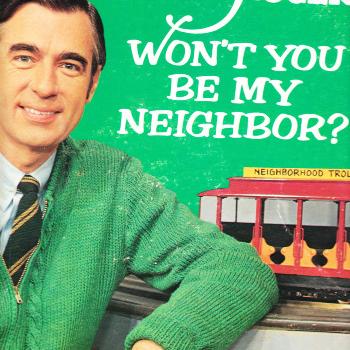Today, Wednesday April 7, the magnolia soulangeana at the corner of Monroe and Jefferson streets here in Media, Pa., sprouted its white and pink flowers.
Magnolia blossoms and baseball — spring is here.
All magnolia trees are southern plants, but there are quite a few scattered throughout the Delaware Valley. I grew up in Dunellen, N.J., and spent quite a bit of time as a kid climbing the magnolia soulangeana in our backyard.
Middlesex County, N.J., is a cruelly northern place to plant a magnolia. The poor thing would blossom on the first warm day of spring, never realizing that in central New Jersey, the first warm day of spring was almost always followed soon after by several days of cold. The tree's flowers turned brown and dropped off after the next frost. Every third or fourth spring, however, no frost would follow and the tree's waxy white and pink blossoms would thrive.
After my parents retired and sold that house, the new owners cut down the magnolia tree and ripped out the forsythia hedges. How do these barbarians know when spring has arrived?
Anyway, here's my question: I've never seen another magnolia tree as far north as Dunellen. I've seen plenty in Philadelphia and one or two as far north as Princeton, but never another farther north than that. Is it possible that tree in Dunellen was the northernmost magnolia tree in the country?
This map, from the USDA, suggests it probably wasn't. Dunellen is a "Zone 6b" area, and that zone extends much farther north. It's possible there are magnolias in Boston or Rochester or even northern Michigan. But I've never heard of one. Anybody know of any?
UPDATE: So far reports of magnolias in Long Island; Boston; Ames, Iowa; Storrs, Conn.; Wellsley, Mass.; and Ithaca, N.Y., where they wrap the trees in winter.












